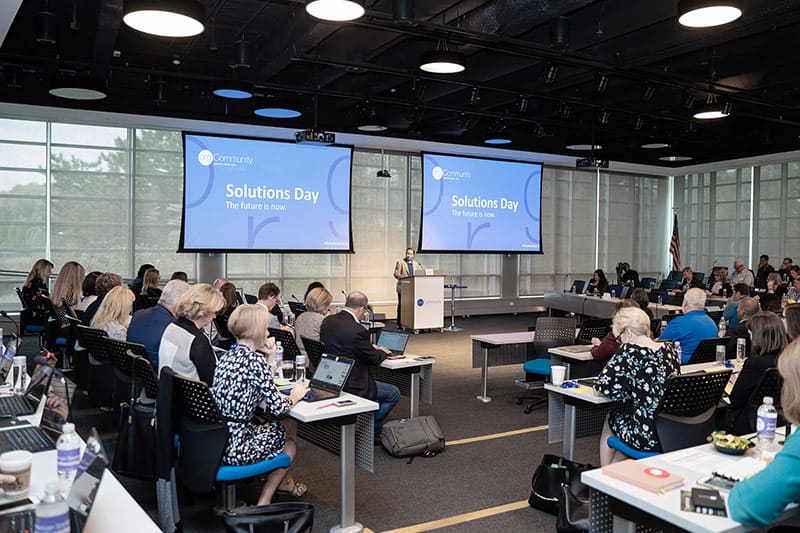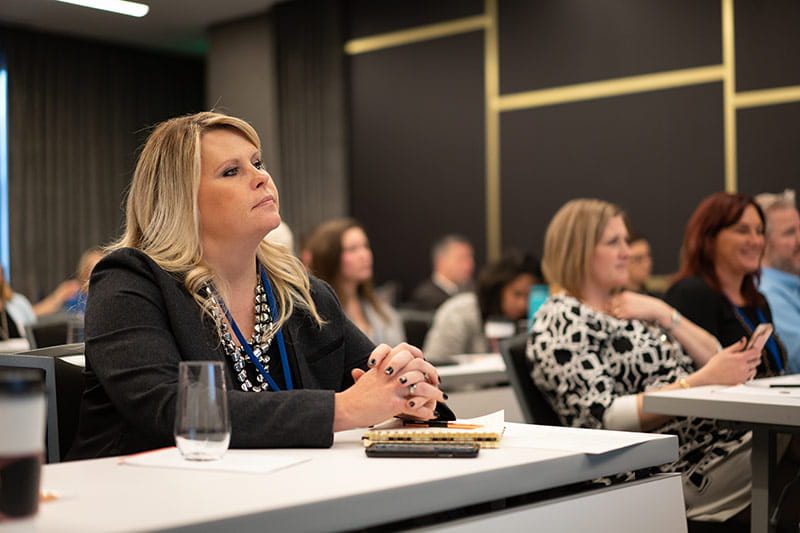
I hate to see COVID-19 give remote work a bad rap. The ability to do business from anywhere gives you the superpower to slay disruption in its tracks. But only when you learn the rules.
Over the last few months, more than a few people feel as though work sabotaged their lives. The office abruptly moved into their homes along with school and the playground. It would be hard to imagine a worse scenario for making the switch to an online association. Organizations with long-standing remote work initiatives were islands of calm in the chaos. Those fortunate groups already had the opportunity to discover how to take their operations virtual.
Transitioning teams from working in an office to working anywhere requires mental as well as physical adjustments. When work moves beyond a single point on the map, other aspects of getting the job done become more flexible. Imposing old rules on this new paradigm isn’t a strategy for success. Whether all or some of your staff will continue to be virtual employees, a plan, which includes policies and procedures, is a prerequisite. Even those who intend to migrate back to an in-person structure as soon as possible can benefit from having these systems in place and ready for the future.
In writing our Association 4.0 Books: Positioning for Success in an Era of Disruption and An Entrepreneurial Approach to Risk, Courage, and Transformation, my business partner, Kevin Ordonez, and I interviewed leaders who have operated decentralized organizations for many years. I’ll include recommendations from these masters of the online universe, along with ideas from our own .orgSource virtual superheroes, Kevin and Dawn Briskey, Vice President of Client Services.
Identify the Facilitators
Dawn suggests identifying a digital task force to make sure the proper tools and policies are in place. Recruit a small cross-department team who can assess requirements, recommend policies, troubleshoot problems, and make decisions. Choose people who have a positive perspective and a “can do” attitude. The group might include members of the current management team and/or others who have the necessary enthusiasm and judgment. Whether the CEO is a participant in the task force or not, it should be understood that the chief executive is the leader. “The CEO needs to set the example,” Kevin notes. “If there are rules that everyone must follow, the person at the top should be the first to model that behavior.”
Invest in the Right Technology

Technology is not the only component of a successful remote initiative. But even the strongest teams can’t succeed without the right tools. A laptop loaded with the appropriate software should be available for every staff member who might need to work remotely. Adequate processing power and up-to-date platforms are a prerequisite. Someone on staff should be tasked with keeping that software and hardware in readiness.
I am surprised by how many organizations have not made the switch to the cloud. Although groups are using virtual private networks for file and application sharing, the cloud is a more efficient option. Whether your association will remain virtual or not, begin strengthening collaborative systems to ensure that all data can be accessed remotely. “The accounting function is one area where even technologically sophisticated organizations may not have virtual capabilities,” Dawn cautions. “Investigate remote platforms for managing income, invoicing, internal payables approvals, and processing payments.”
The National Barbecue and Grilling Association has been a virtual organization for several years. Former CEO Stuart Meyer, explained the benefits of going remote, “We have minimal overhead and infrastructure, which has significantly brought down our costs, enabling us to focus more energy on strategic business priorities.”
Stuart lists these technology solutions as critical to keep a remote workplace running efficiently:
- Cloud-based document storage and sharing
- Project management and work collaboration software
- A free conference/meeting service
- Online shared calendars and deadline tracking
- An advanced VoIP business phone system
- Online media platforms, social media discussion forums, and outsourced specialist partners
Reset Policies, Procedures, and Priorities
It’s difficult to make the leap to remote work with one foot stuck in the nine-to-five world. Along with effective technology, the right mindset is critical. Flexibility is a major benefit in the virtual realm. Make the switch to valuing achievement over attendance and give remote teams permission to focus when they can be most productive. Trust is a big factor in whether time will be spent managing or monitoring.
Stuart who is currently, Founder and Chief Storyteller, Social Frequency Media, cautions, “Sacred cows are the greatest threat to how we run associations. How we define our management and operations practice, and how we work as association executives must evolve rapidly if our organizations are going to continue to be relevant.”

According to Stuart, control and trust are the largest barriers to adopting a flexible work environment. “We must stop the punch-clock mentality and the belief that if we let staff out of our sight, they’re going to be doing anything other than working . . . The traditional workplace reality is you’re lucky if you get up to five hours of productive work out of each employee every day. Commuting, excessive meetings, disruptions, and office politics erode productivity.”
Flexibility doesn’t mean there are no rules. Teams need to understand that although they are working alone, they are not on their own. Clear expectations covering the following issues should be documented:
- Who is eligible to work remotely
- When and how they must be available
- How their performance will be measured
- What technology is required and how it will be supported
- Whether there are requirements for the remote work environment
- Precautions for confidentiality and security
Facilitate Communication
In a virtual setting, meetings, whether formal or informal, are the only channel for team communication. Dawn and Kevin both note the importance of engagement during those interactions. “Being on camera is a significant differentiator,” Dawn advises. “When people are invisible, it’s easy to be distracted.” Miscommunication and misunderstandings happen in the dark. Interaction onscreen isn’t the same as life. But being visible improves the connection. “Facial expressions aid in understanding and relieving anxiety,” Dawn observes. “If I see that you are smiling, it immediately puts me at ease.”
The office is filled with visual cues. There is the opportunity to learn by simply observing others. We are constantly reminded who is engaged in what activities. Removing that casual layer of information leaves a deficit that must be filled. Extra effort is needed to ensure that communication flows freely. “If your organization is siloed,” Dawn advises, “it is imperative to intentionally communicate across functions. Several .orgSource clients have been very successful with organizing opportunities for cross-departmental collaboration.”
Kevin adds, “It’s easy to hide behind the computer screen. People are reluctant to admit when they are confused about an issue or don’t understand a term. Soliciting questions and inviting discussion helps everyone feel comfortable enough to speak up when they need clarity. We’ve all experienced Zoom fatigue. To keep the interaction meaningful, the platform needs to be used both judiciously and with creativity. Streamlined agendas and frequent breaks help keep participants energized.”
Create Community
An office generates its own community. Providing a sense of belonging is more challenging in a virtual environment. David Caruso, whose company HighRoad Solutions has been virtual since 2005, offered this advice. “Some employees miss the social aspects of the workplace. We’ve tried to compensate for the lack of coffee machine/break room conversations in several ways. We schedule daily conference calls around a number of activities. A monthly mystery lunch is one of our most popular events. DoorDash delivers a surprise meal to the entire team, and we all sit down and eat together. I thought it was silly at first, but everyone likes it. Events like that help keep people engaged and enthusiastic.”
Closing the divide between the physical and virtual office may seem like a superpower today. But perspectives are rapidly shifting. “For years, people have been talking about work-life balance,” Kevin observes. “But I think we are moving toward a more seamless environment. Balance implies leveling the scales. But integration makes comparison unnecessary.”
.orgCommunity members can learn more about Dawn’s recommendations for moving to a virtual workplace on this webinar.
Read profiles of Stuart Meyer and David Caruso in our Association 4.0 Books.


